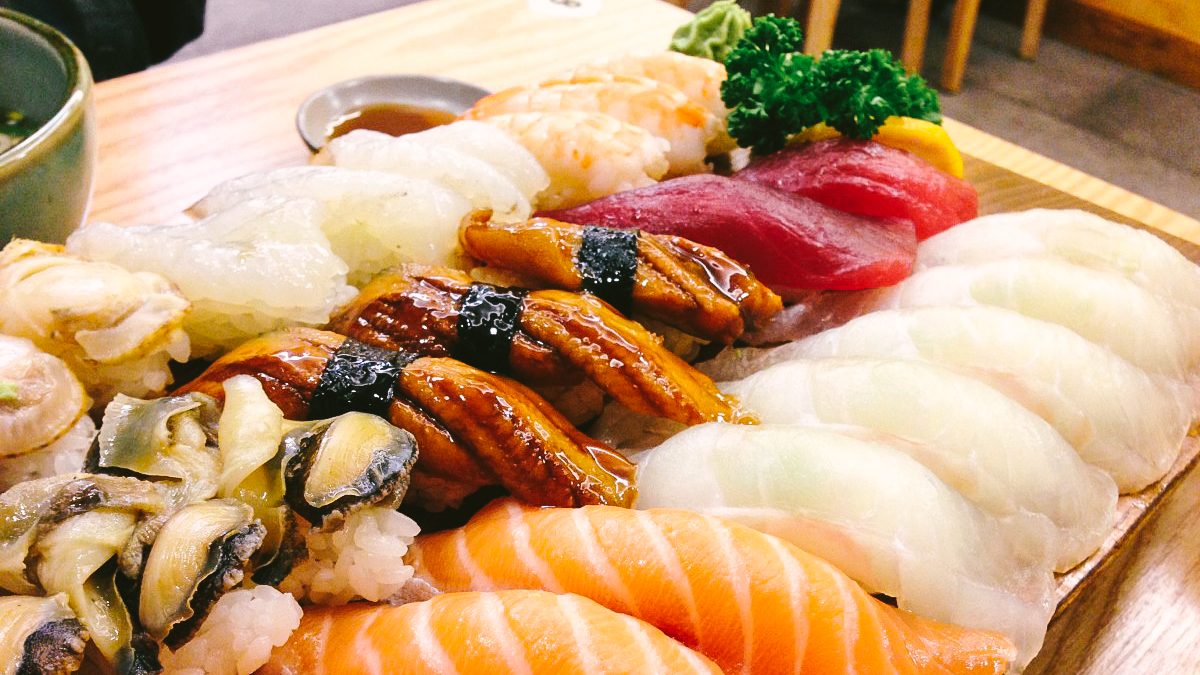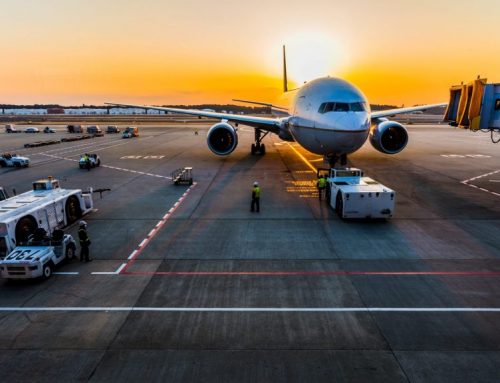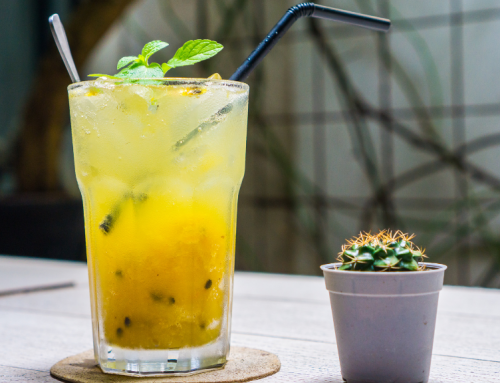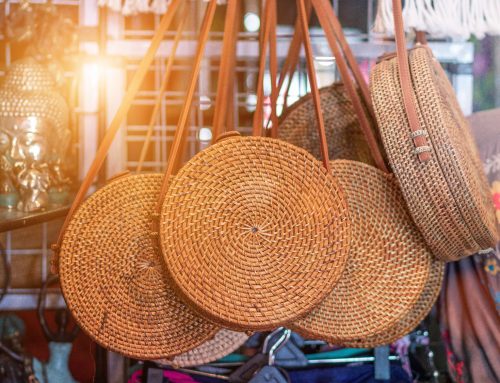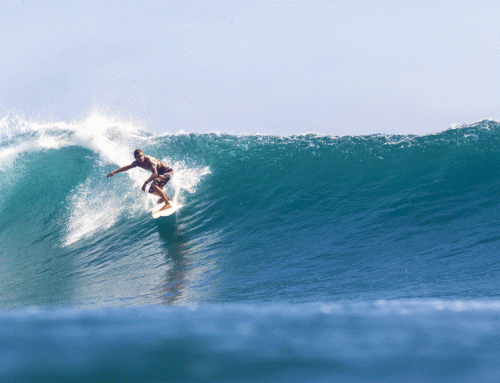Chef Kamada San, one of Niseko Gourmet‘s celebrated chefs who crafts private dinners for guests, shares what motivates him. Find out more about Niseko’s greatest sushi chef as he spills his secrets.
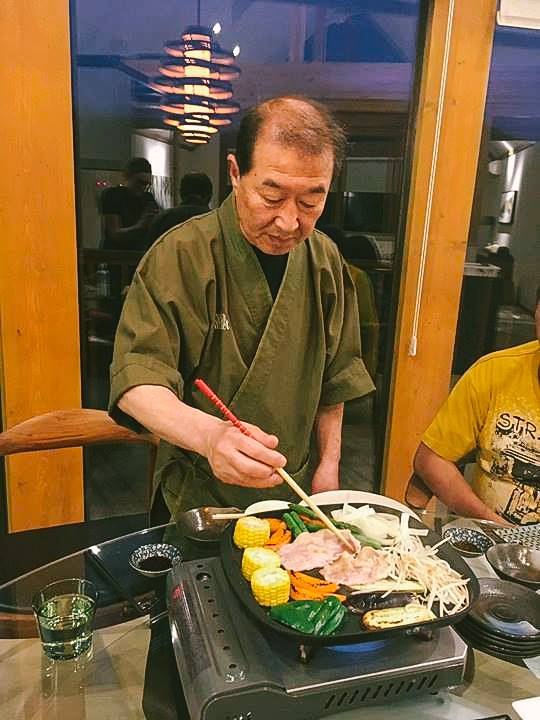
Question: Niseko Sushi Chef Kamada-san, when and how did you make the move to Niseko?
Chef Kamada-san: When I was working in a sushi restaurant in Sendai (early 1972), a diner walked up to me and said that his friend needed some help at his restaurant in Kutchan. I decided to take the opportunity and made the move, where I worked for 3 years and coincidentally also where I met my wife. She was a loyal customer, and, from memory, I think it was me who said the first words to her. After we got married, we both went on to open our own sushi restaurant in Kutchan and operated it for 35 years.
Q: How did you come to work at Niseko Gourmet?
Chef Kamada-san: I think it was meant to be, that at the time my restaurant shut, I met the founder of Niseko Gourmet and then began serving quality sushi to the customers of Niseko Gourmet.
Q: What makes you happiest at work?
Chef Kamada-san: When my customers are at their most content, I am too. I also just love making sushi. The process and the pursuit of perfection gives me joy.
Q: What are you thinking of when you make each piece of nigiri?
Chef Kamada-san: I am always focused on my customers and giving them the best food possible.
Q: What are some of your most memorable experiences?
Chef Kamada-san: Working with different staff members from different countries. When I first started serving customers at Niseko Gourmet, I thought I’d only be making sushi. But these days, I serve sukiyaki and shabu-shabu and I love every part of it.
Q: When we watch you make nigiri, it seems every piece is the same size. How do you do that?
Chef Kamada-san: I feel like my hands have a memory of their own. Having said that, I still feel that I improve my technique every single day.
Q: Do you feel it’s important to maintain the traditional way of making sushi or to be innovative?
Chef Kamada-san: There are a lot of decorated forms of sushi but I prefer to continue to make the traditional form of nigiri. Sometimes I’m surprised to see the kinds of sushi made overseas, but I want to value and maintain Japan’s traditional forms.
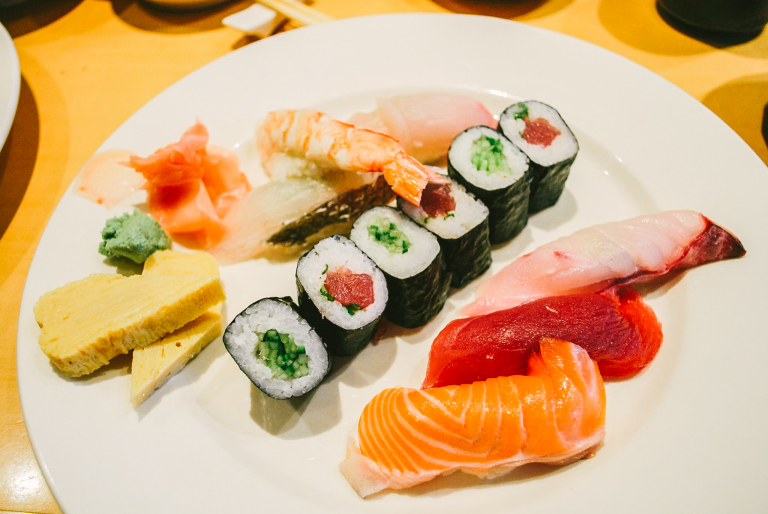
Q: What are your favourite types of sushi?
Chef Kamada-san: I like hikarimono, silver-skinned fish like mackerel, sardines and gizzard shad.
Q: When choosing fish, what do you look for?
Chef Kamada-san: I check the colour and how fresh the fish is. The fish should have clear eyes, and when the skin is touched it should bounce back.
Q: From whom would you like to take a cooking class?
Chef Kamada-san: Someone who cooks washoku, traditional Japanese cuisine, really well.
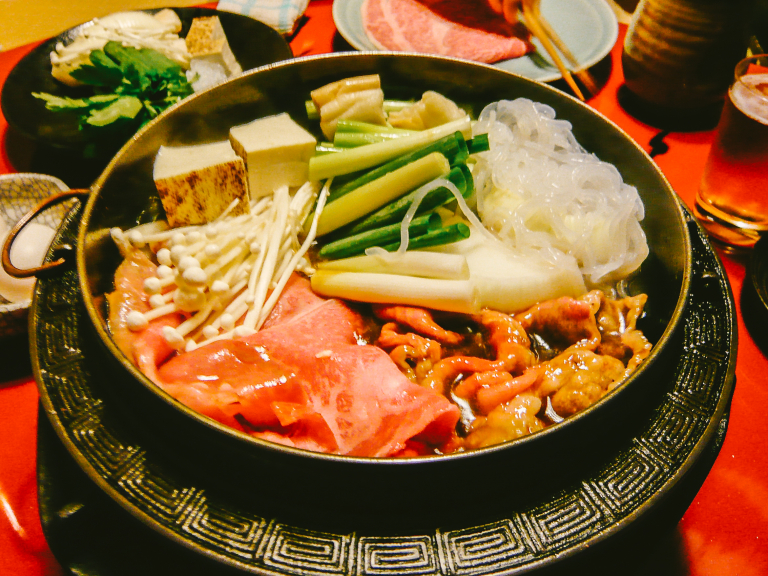
Q: Any advice to future business owners in the food industry?
Chef Kamada-san: The food presented at each restaurant depends on the chef. But be conscientious. Business is also dependent on the relationships you build with people. Friends and human connections are very important. Be they with your customers, your staff members or even your suppliers.
Q: What is your guilty pleasure?
Chef Kamada-san: I like sweets like apple pie and I also love beer. When I go out with my friends, they want to share a sake but like to pair my food with beer.
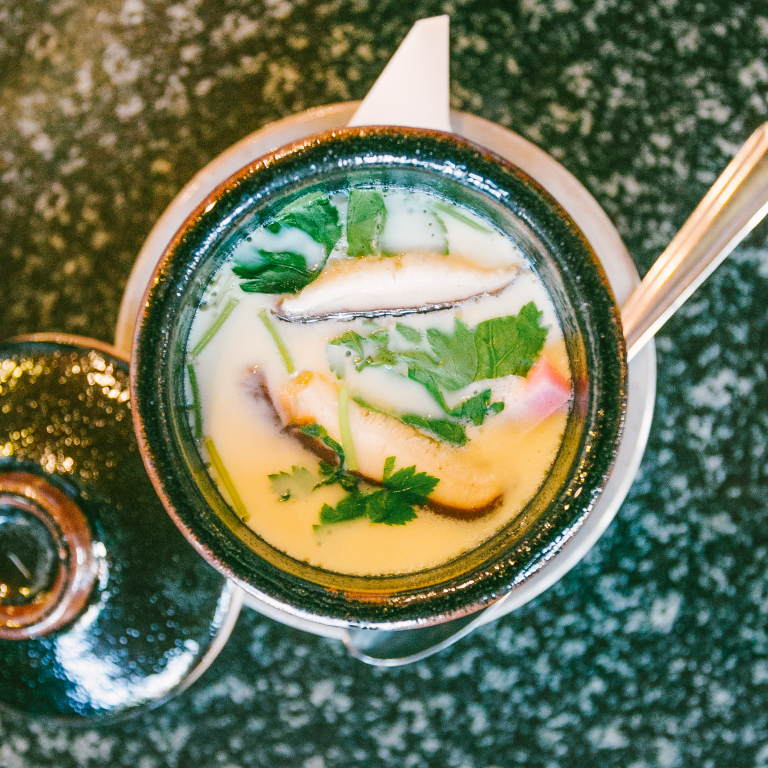
Q: Do you have a good work-life balance?
Chef Kamada-san: I do. Even when I owned my own restaurant and couldn’t have too much time off, I still enjoyed seeing regular customers, and it was like spending time with friends.
Q: Any goals you’re trying to achieve?
Chef Kamada-san: I’m trying to maintain my health and well-being so I carefully monitor my diet.
Q: And lastly, what does Niseko mean to you?
Chef Kamada-san: Comfort and nature.
The answers above have been adapted from Tess Stomski’s book, Harvest Niseko, which explores stories of local farmers and many other people who work behind the scenes of Niseko’s world-famous food industry. The book won accolades in three categories at The Gourmand World Cookbook Awards and was proclaimed the Best Cookbook in Japan in 2017.

